Click here for the full, illustrated report from Show Chair Carol Martinez.
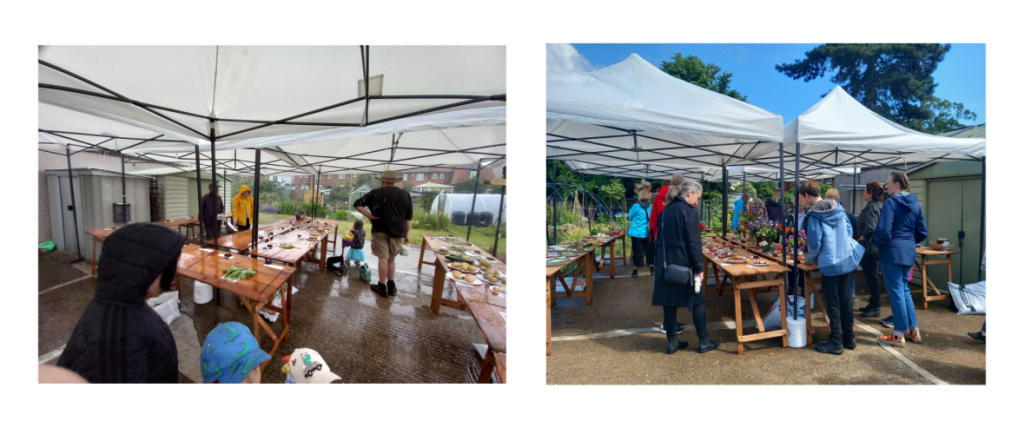
From storms to sunshine at the summer show
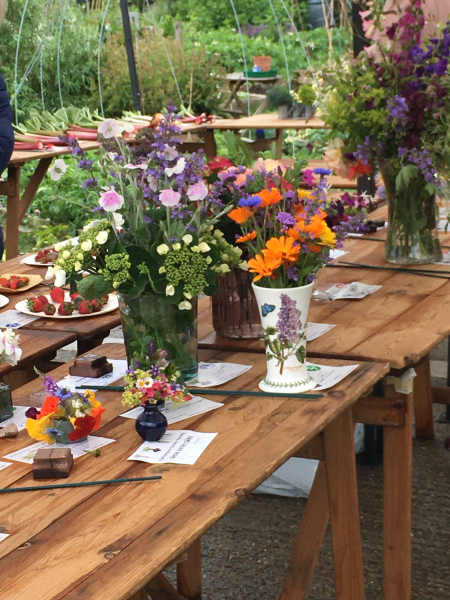
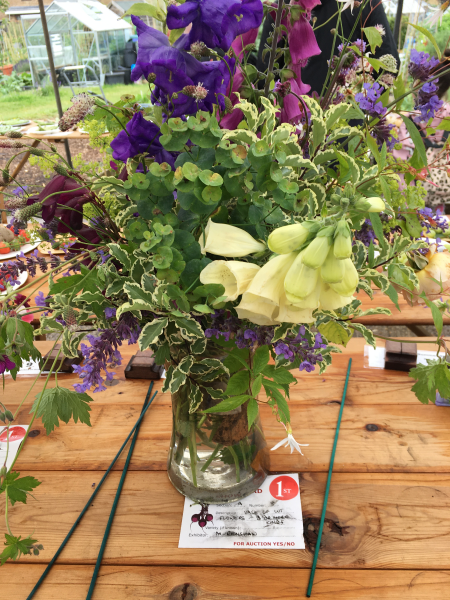
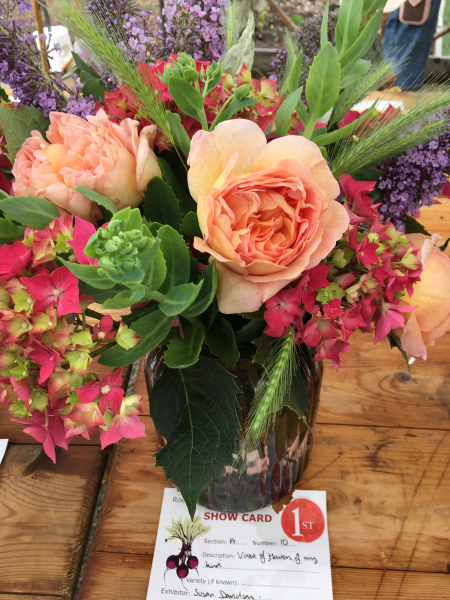
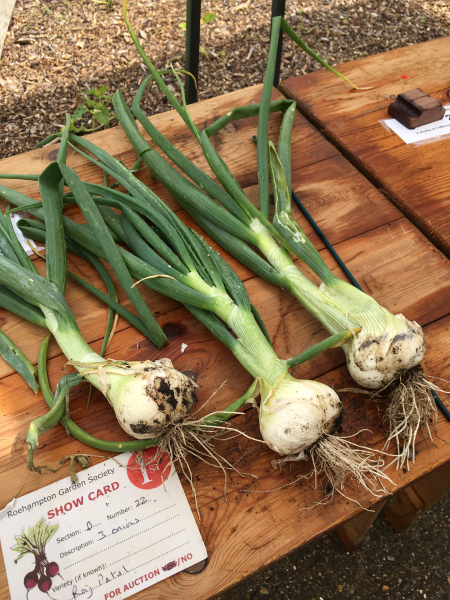
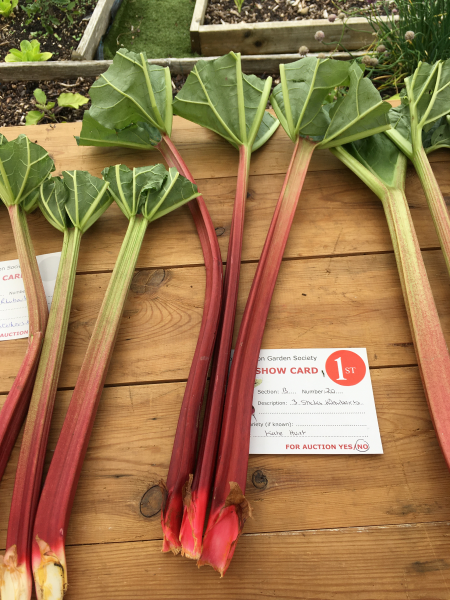

used in an email update
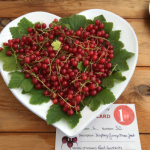
by admin
Click here for the full, illustrated report from Show Chair Carol Martinez.

From storms to sunshine at the summer show






by admin
The RGS Shows often host surprising exhibits, and this year an entry of watercress piqued my interest.
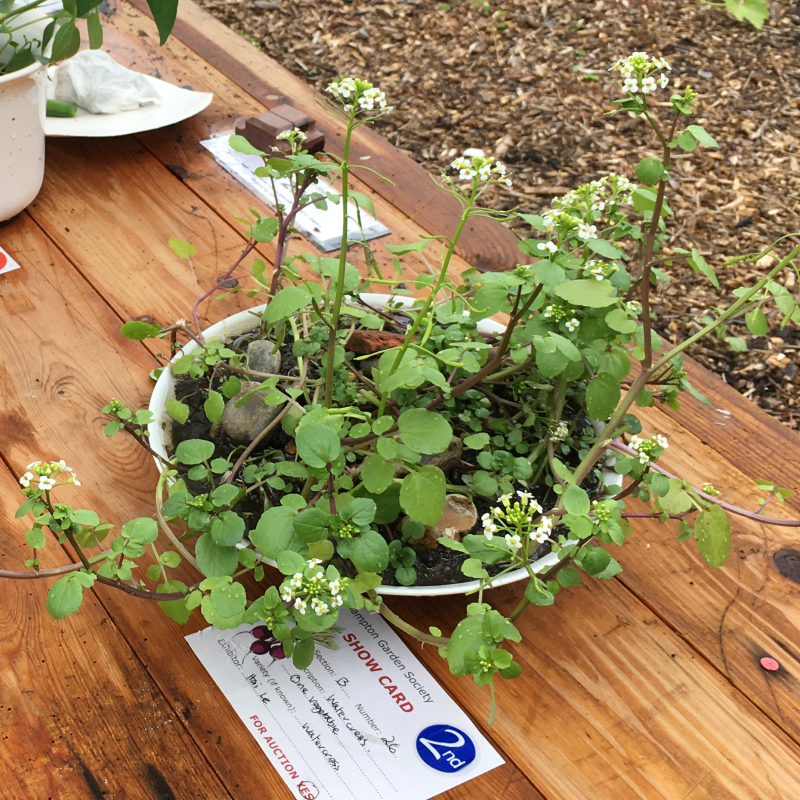
The peppery leaves of watercress (related to nasturtium, mustard cress, radish and wasabi) cheer up many a summer salad – and it seems you don’t need a pond or stream to grow them successfully. The show entry was presented in a bowl containing gravel/compost, held down by stones, and filled with water.
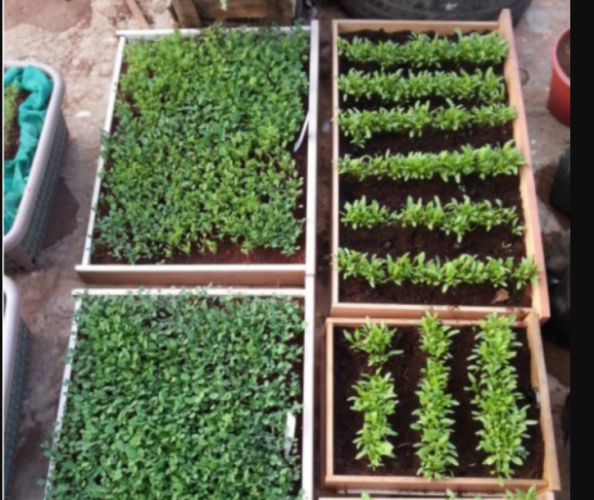
You can grow from seed or cuttings – indeed some of the organic watercress in the supermarket has the odd root on it. Seeds will be best for the ‘microgreens’ approach – just keep the seed tray very moist- a watering tray topped up is a good idea. All microgreens are full of vitamins and minerals and very good for your health.
Growing watercress in containers is a safer option than growing it in water – commercial growers know how to keep the water fresh and bacteria-free, but this is much harder to do in a garden situation. To prevent any stagnation, make sure to flush the pots through twice a week with fresh water. Mixing charcoal with the compost will also help to keep things fresh.
The key is consistent moisture and not too much sun – but watch out for those snails!
Lots of advice online – but here’s a starter for you
https://www.thompson-morgan.com/how-to-grow-watercress
https://forestry.com/guides/how-to-grow-watercress-comprehensive-guide-from-seed-to-harvest/
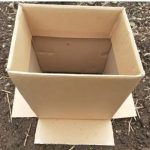
by admin
In an experiment for the Spinal Injuries Association, who are keen to make gardening easier for those with mobility issues, Bill Young (54A) grew new potatoes (Duke of York) in a series of carboard wine boxes.
This method of growing potatoes within carboard boxes, is common in Australia and some parts of the USA.
Bill writes
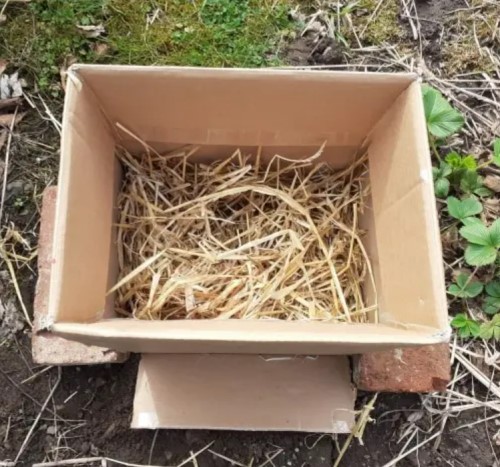
It is ideal for wheelchair users, especially in conjunction with raised beds. Just pop the remains of the carboard box off, hey-presto, the new potatoes are in front of you. I lifted the first two plants today Saturday 8th. of June, and was very pleasantly surprised by the results. It was by far the best results I’ve had, nearly 5 lbs. of perfectly formed tubers. This method works, and I can only say – try it!
Method – I folded down the carboard lid, then folded up the bottom, it in effect created a double-walled tube of carboard. Placed the box on top of the soil.
I added three or four inches of soil, then placed two chitting potatoes within the box, then covered with a mixture of compost and soil up to the brim.
I watered them regularly, unfortunately they came under a sustained attack from slugs and snails. My effective remedy was to pick the slugs and snails off the plants, to be fed to the newts within Alberts pond.
The potatoes grew very well, this I believe was due to the insulating properties of the cardboard. It in effect raised the plants off the colder ground. It insulated them from the colder wet soil and also the colder weather of this awful spring.
The result speaks for itself – one excellent crop of new potatoes. It did however make my allotment look rather untidy, that is, until the potato shaw’s softened outlines and then covered the boxes.
The National Gardens scheme is supporting the Spinal Association to provide gardens at all their centres. Our open allotments day will help contribute to this cause. Read more here

by admin
Last month, a group of RGS members visited the RHS Lindley Library in Vincent Square. The Library holds world-renowned collections of early printed books, the archives of the RHS, botanical art collections and modern books on the history of horticulture, botanical art and practical gardening. One of our members was delighted to find her own book on their shelves! Thanks to all those who sent in pictures for this article.
The librarians had prepared exhibits for us to see, and presented them in a most interesting way. The first was an archive of the Ruhleben Horticultural Society – set up in an internment camp for British men just outside Berlin during the first world war. The inmates, needing both occupation and food, set up a Horticultural Society and kitchen gardens growing everything from potatoes to exotic fruit and flowers. The society became an associate member of the RHS, who sent them parcels of seeds, and they held two shows per year.
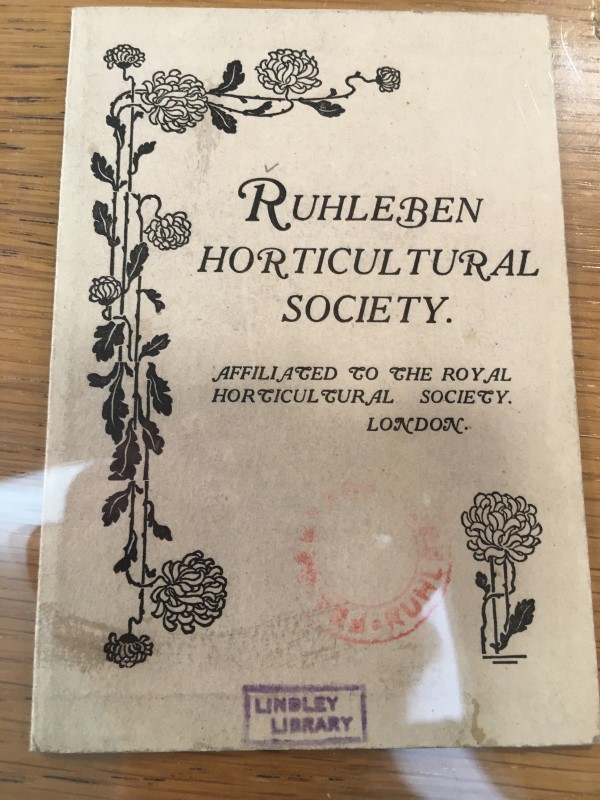
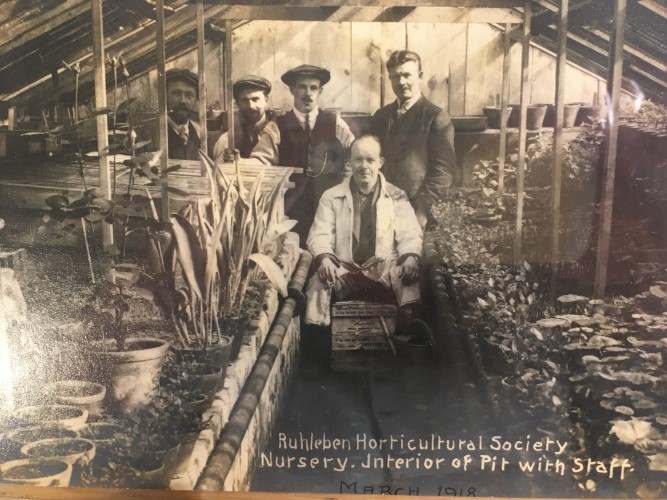
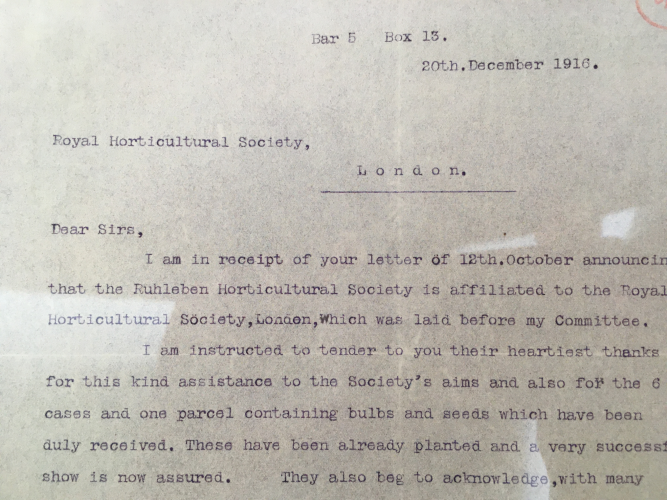
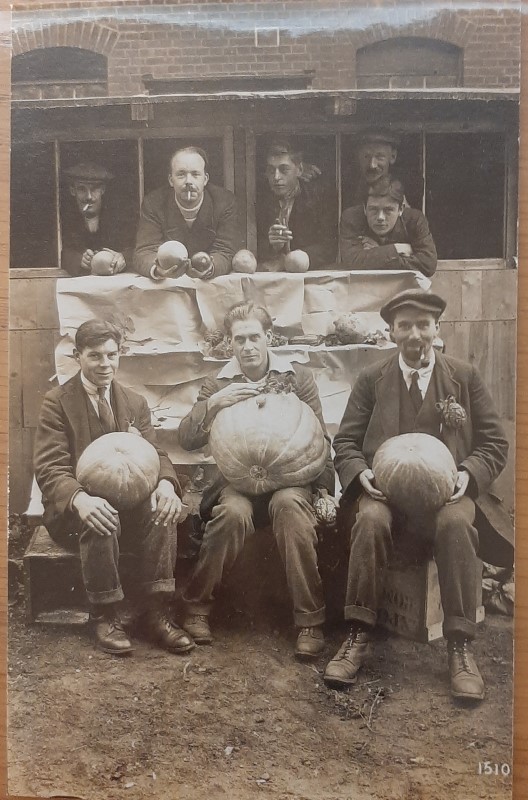
if you are interested in the history of Ruhleben, you can see more here.
Our next treat was to view two very old leather bound herbals. These were encyclopaedias of plants and their (largely) medicinal uses. Most medicines were plant based, and knowledge of how to identify and use them was of great importance.
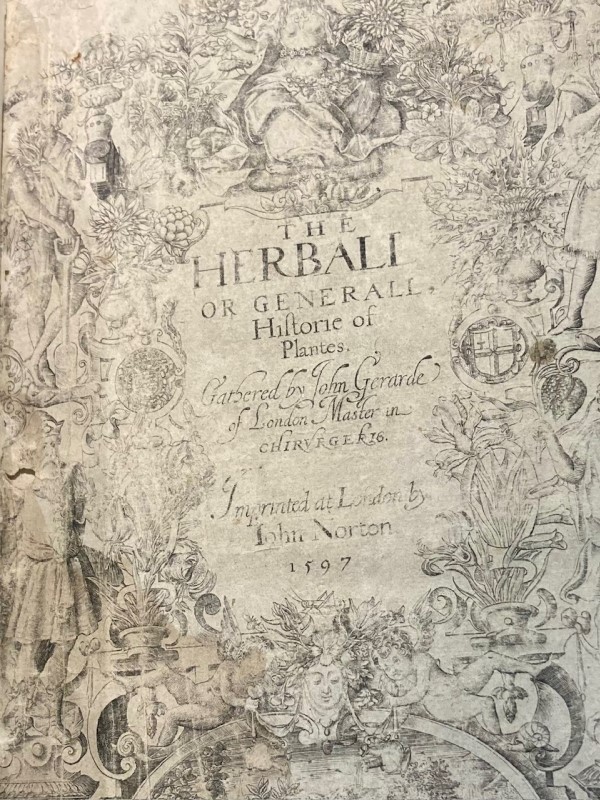
John Gerard (also John Gerarde, 1545-1612) was an English herbalist with a large garden in Holborn. His 1,484-page illustrated Herball, or Generall Historie of Plantes, was first published in 1597, and the Lindley Library owns a copy. It is the first herbal to include an index of ‘ailments’ – which were quite a contrast to today’s illnesses.
Elizabeth Blackwell’s Herbal, published between 1737 and 1739, shows her beautiful botanical artwork, all in colour. These wonderful botanical prints also show insects that she found on the plants to help with their identification. Elizabeth compiled her Curious Herbal at the instigation of Sir Hans Sloane, as a means of raising money to redeem her husband, Alexander from imprisonment for debt. She rented a house opposite the Chelsea Physic Garden, and used that as her source of plants. See more of her lovely illustrations here.
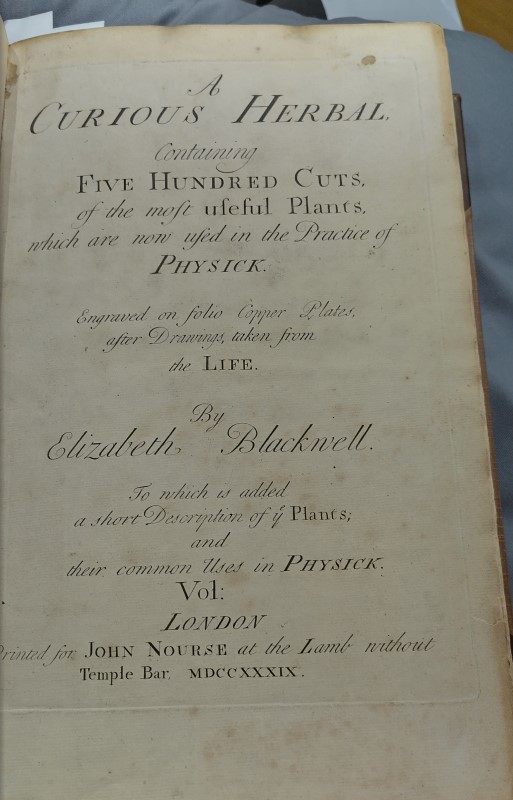
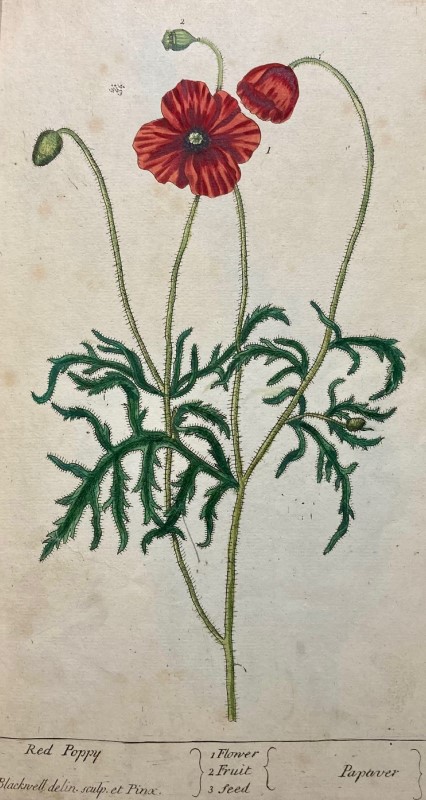
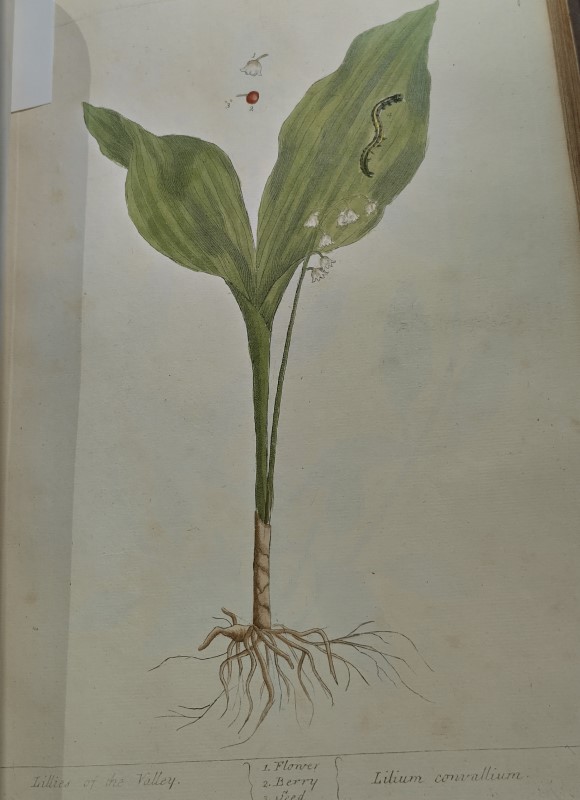
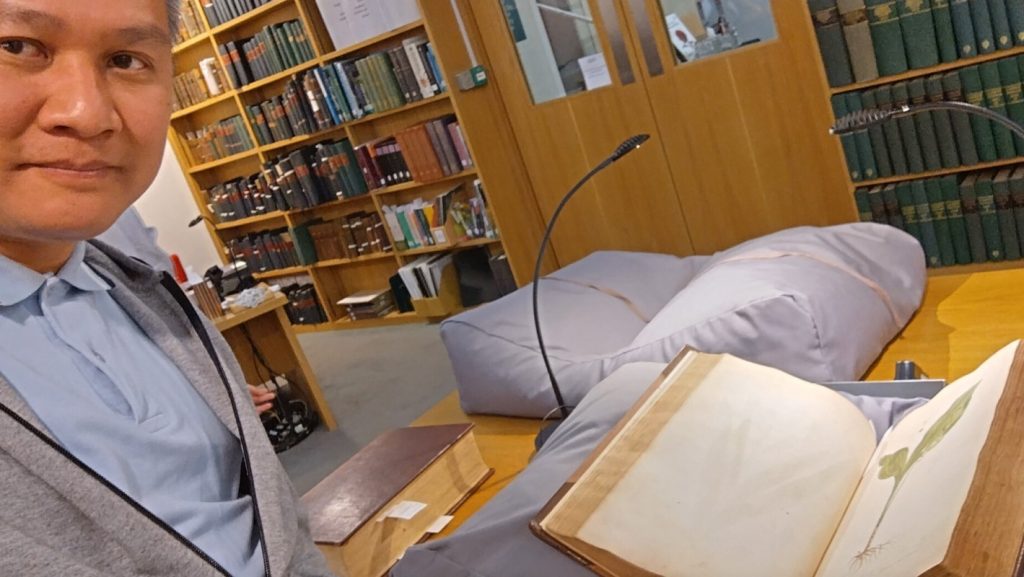
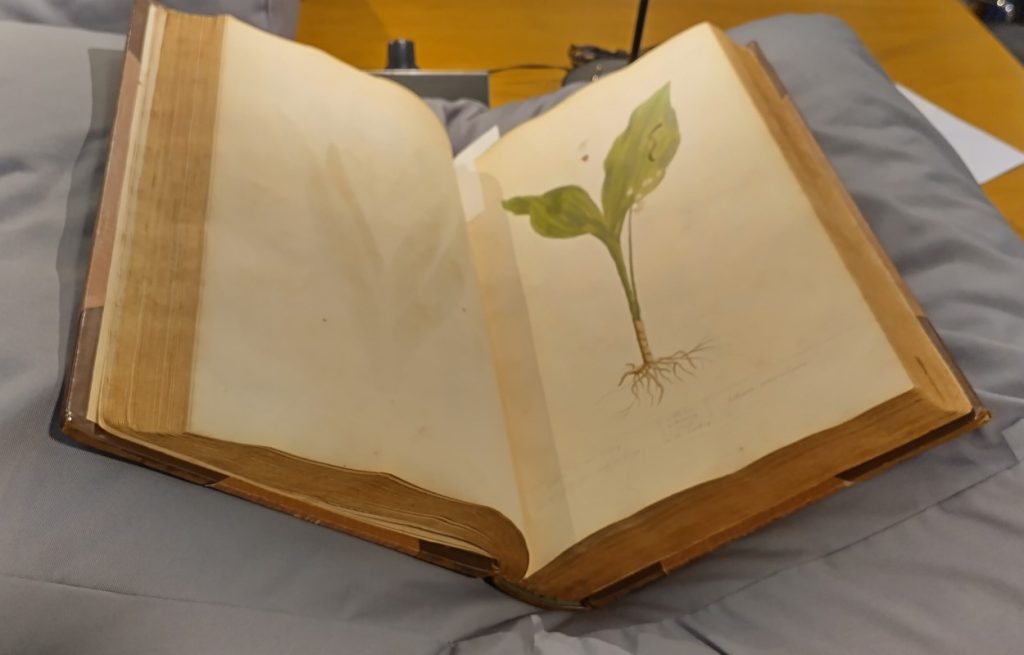

by admin
Do you have time to help nurture the next generation of growers? Brandlehow primary school has a lovely established garden and is looking for an experienced gardener to help run their weekly gardening club from September – their current volunteer retires at the end of this term.
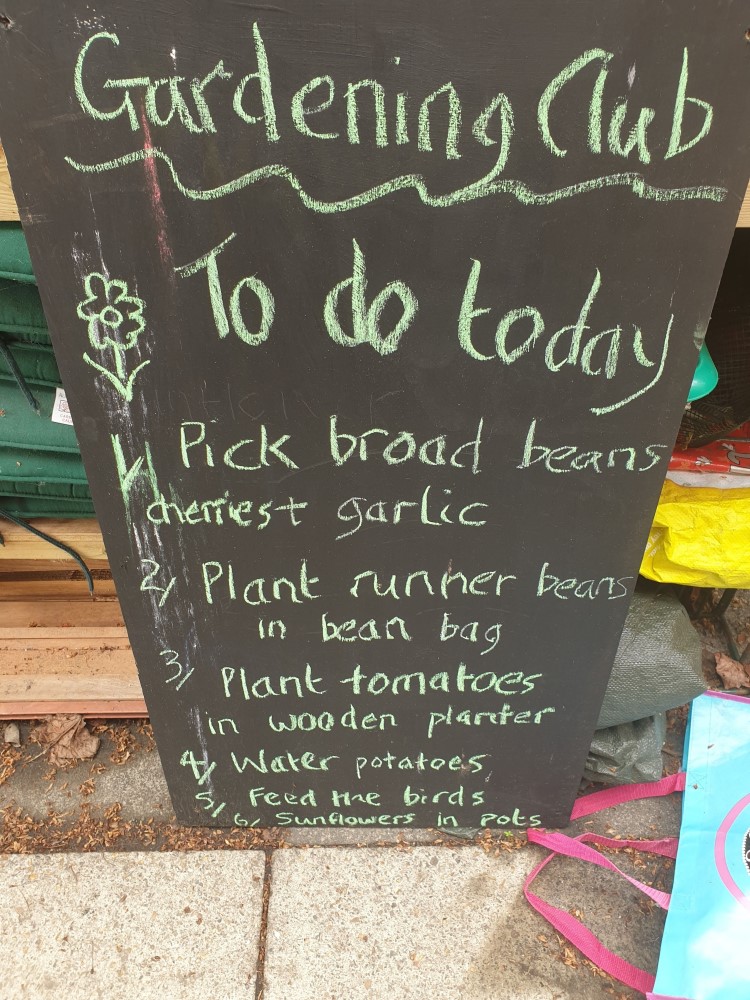
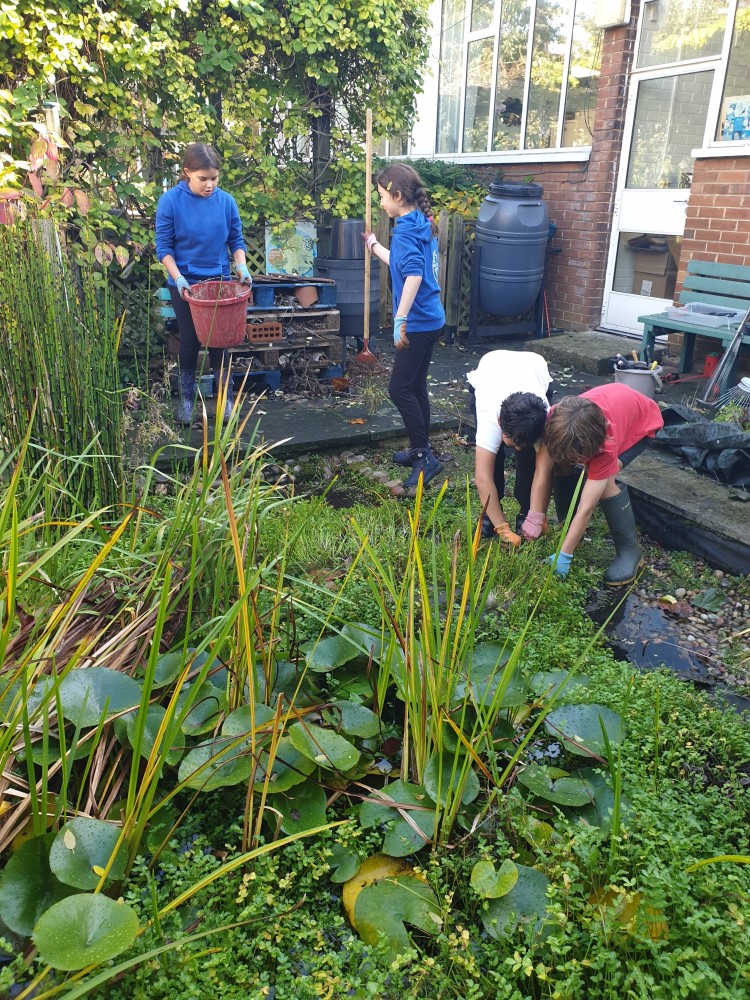
The club takes place one day a week at lunchtime (currently Friday, but can be flexible on this) and lasts an hour. Activities vary week to week but include sowing, growing and harvesting, looking after the fruiting plants (we have apple, pear, cherries, fig, grapes, strawberries and rhubarb), composting and caring for our wildlife features including an amazing pond. Many of our children don’t have access to outdoor space as they live in flats, so this is a real opportunity to make a difference and spend time in a lovely green space.
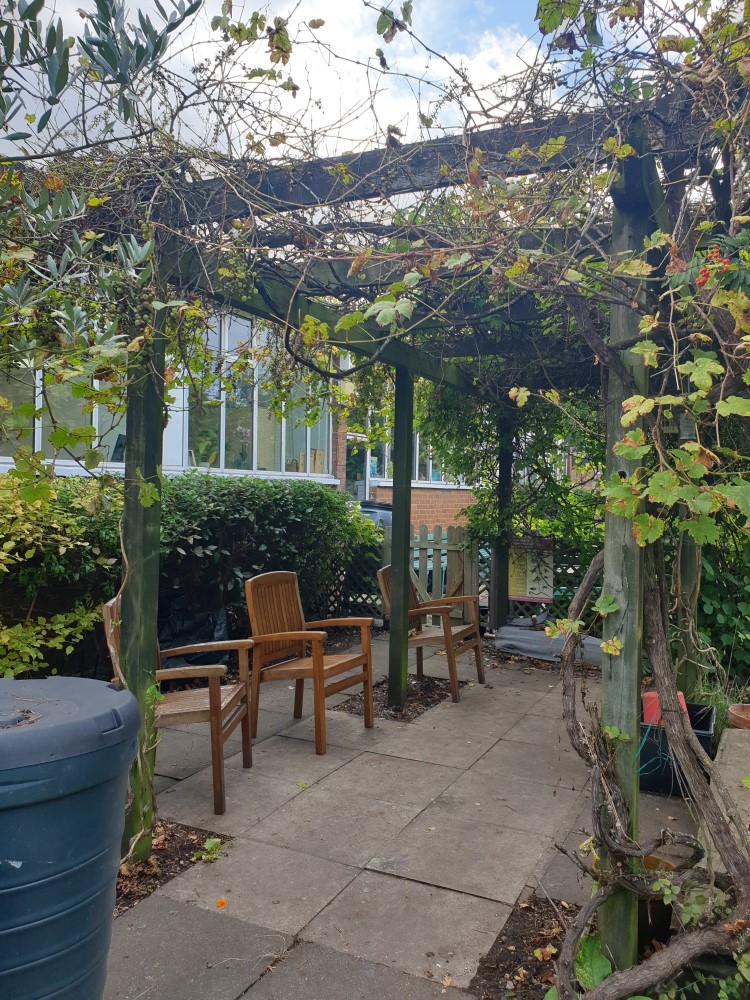
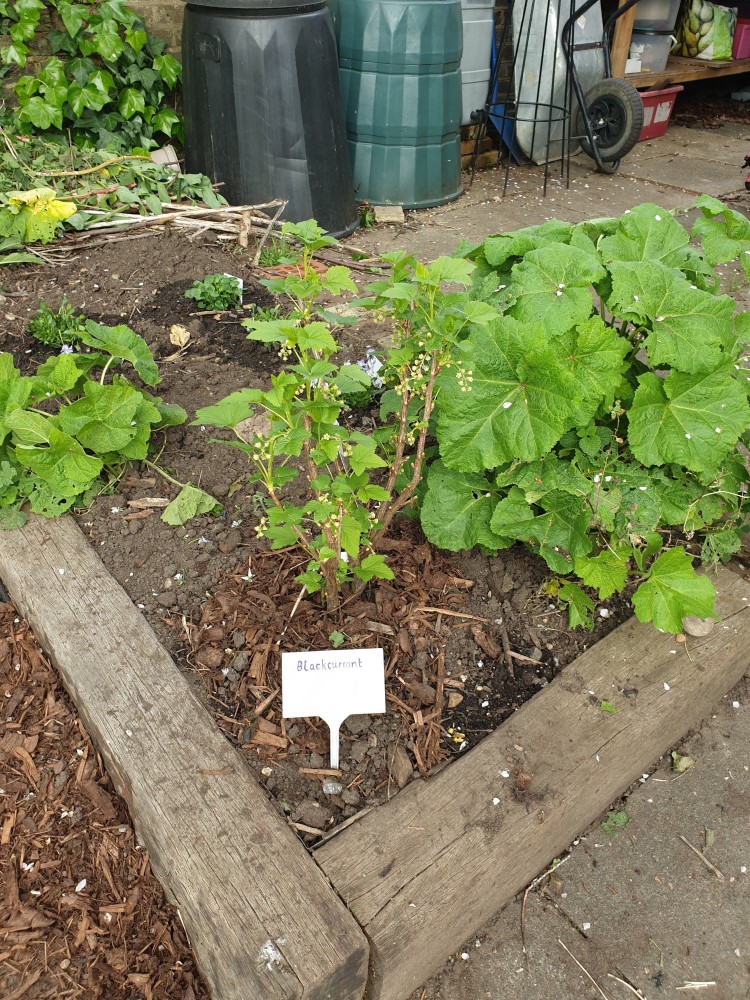
The current school gardener took over the garden whilst on the allotment waitlist over 20 years ago – she did get a plot! – and would be happy to give a full handover, and there are a number of parents (not experienced gardeners) who are actively involved as helpers.
If you would like to know more, contact info@brandlehow.wandsworth.sch.uk and add ‘FAO Ms Davidson’ and we will be in touch. School address is Brandlehow Road, Putney, SW15 2EA – there is parking on site. A DBS check will be required for this role – the school will carry this out prior to term starting.
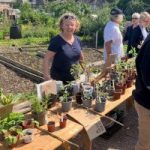
by admin
The RGS plant sale held last week raised £400 which been donated to the Royal Hospital for Neuro- Disability. Thanks to all those who supported the event, bringing in many lovely plants for sale which sold more quickly that we anticipated!
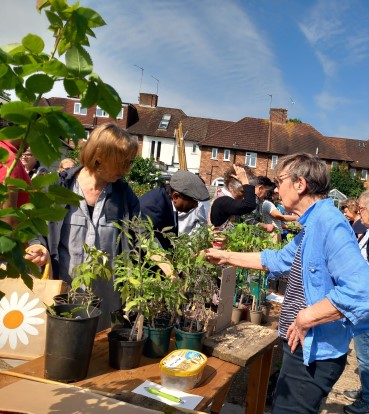
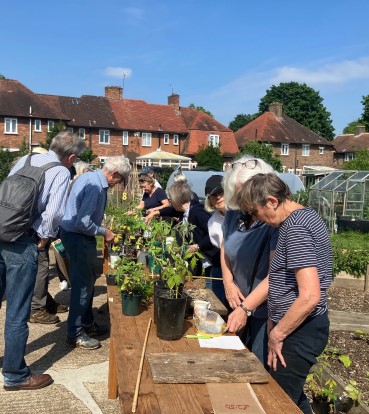
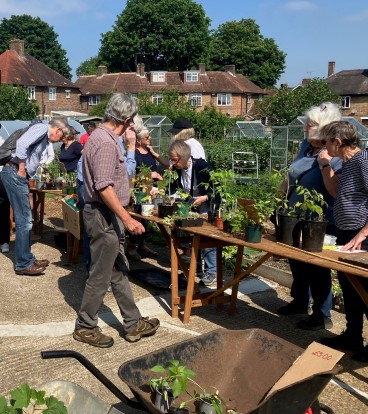
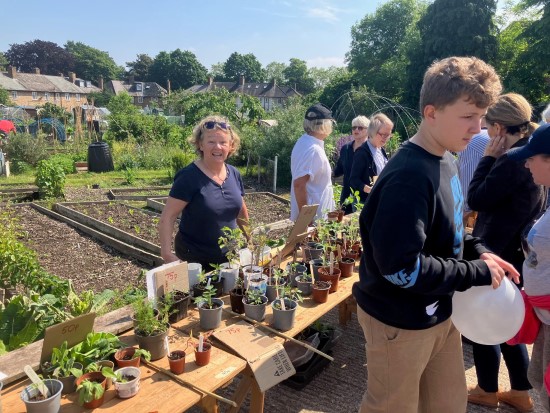
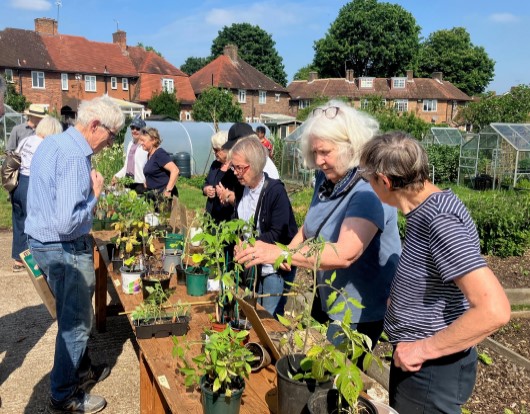
Special thanks to all those who manned the stalls and so generously donated the plants. And thanks to everyone who sent in the pictures including Mark Sutcliffe and Jackie Savage.
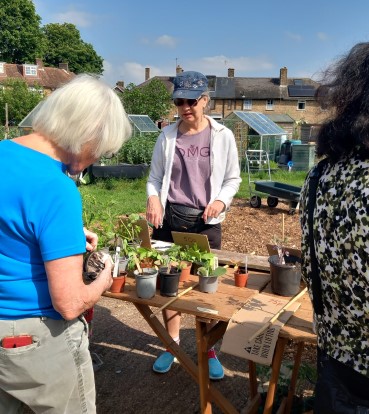
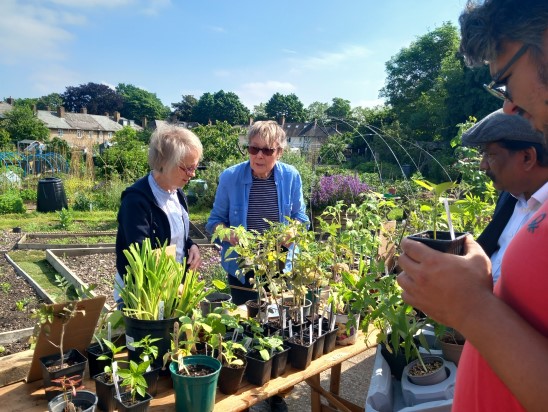

by admin
it’s official – never has the store sold so many slug killer pellets! This year has been a bumper one for crop destruction and we are hitting back. Few of us like using slug pellets, but are driven to them by lack of alternatives. So here are some options you may like to try…
Cucumber
Snails particularly seem to love cucumber. Pieces of cucumber placed around your crop will end up looking like the picture here – and the honey trap is complete. Pick them up and dispose kindly…
Thank you Georgina
Bran
A ring of bran (possibly flakes?) around your crop will attract slugs. They eat themselves silly with it, apparently, and lie there while you pick them up. Bran interferes with the mollusc’s digestion and it desiccates and and sometimes dies. This has the advantage that nothing further up the food chain that consumes the slug will be poisoned, but it does need reapplication frequently in wet weather. Again, dispose…..
Thank you Sally
Garlic Wash
Seen on Gardener’s World, this tip from a Hosta Grower at Chelsea – with a complete stand of hole-free hostas! Spray on the leaves of your crop – and make them very undesirable to pests. You may notice a smell of garlic, though…..
Recipe- with thanks to Sienna Hostas
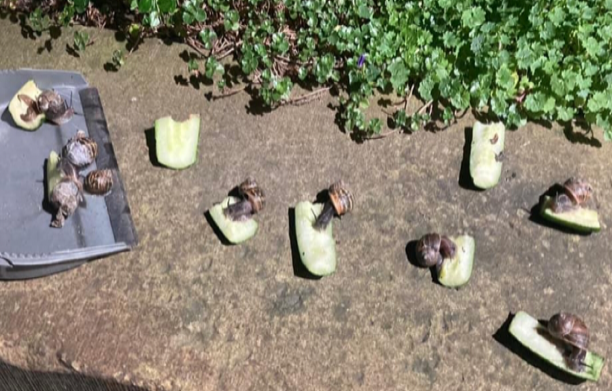
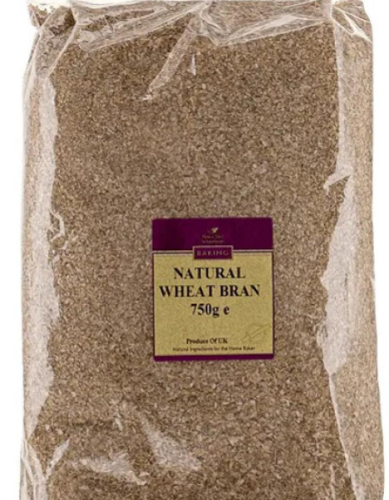
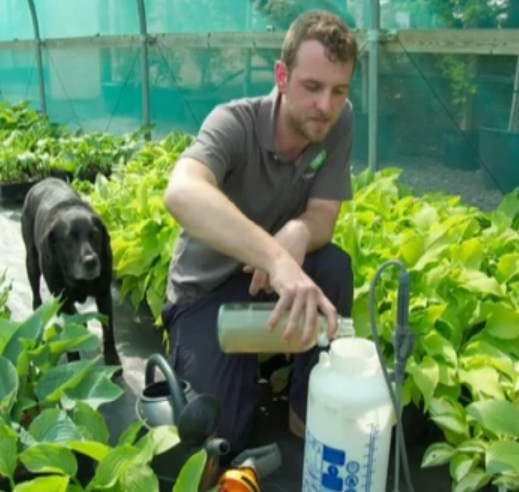
by admin
Once again our Summer Show will be held on Site 2. Please have a look at the schedule and make an effort to enter the show. Everyone will have something to enter: flowers, fruits, vegetables or cakes!
DONATIONS OF PLANTS OR PRODUCE FOR OUR POPULAR STALL WOULD BE VERY WELCOME.
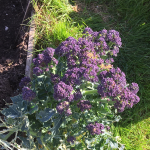
by admin
Nothing much will grow in the cold of winter – after the brussels sprouts have vanished we are firmly in the ‘hunger gap’. But purple sprouting broccoli is extremely hardy, tolerating temperatures as low as -12°C. It responds to even a slight warmth and produces flowering shoots or ‘sprouts’ from February to April when there’s very little else around. Two or three large plants can feed your family. Well worth while planting some now for next year….
Here’s a summary of how to do it, but the best advice can be found from the RHS here
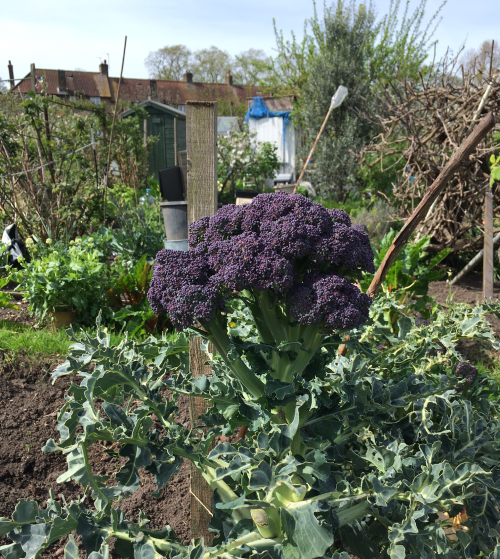

Sow from April to mid-June for harvesting from January to May. Begin in a 9cm pot. Don’t sow too many – just enough to give you 3 or 4 plants securely.
When about 10 cm tall transplant. If you have the space free this can be their final growing spot. However, these plants will take up a lot of space. If you don’t have the space free until the autumn, you can transplant into a large, tall pot and plant out finally as late as September.
Like other brassicas, purple-sprouting broccoli thrives in a fairly heavy, alkaline soil. Avoid an exposed site, where the wind will buffet the stems and loosen the soil around the roots. Fork the soil over, removing stones and perennial weeds. Add some organic matter to improve moisture retention and texture. You may need to add lime if your soil is acidic. Brassicas dislike loose soil, so firm lightly with your foot.
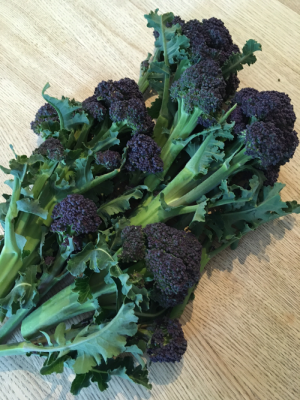
Harvest each flowering shoot carefully – others should grow to replace them. Cut carefully and your crop will last for weeks.

by admin
The RHS has invited RGS members to visit their renowned historic library in Victoria – the Lindley Library. The visit will take place on Tuesday 4th June, 11am. This beautiful library holds collections of early printed books, the archives of the RHS, botanical art collections and modern books on the history of horticulture, botanical art and practical gardening. Our tour will highlight some treasures from their collection – including rare books, botanical art and photography collections.
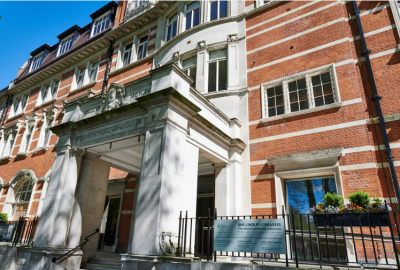
The RHS Lindley Library, at 80 Vincent Square, London, GB SW1P 2PE, is in the beautiful Edwardian headquarters of the Royal Horticultural Society.
The Society has had a library for more than 200 years and the collections reflect this longstanding passion for gardens and garden plants. A treasure trove for anyone interested in learning more about the history and art of gardening.
Members can travel in a group from Putney or meet us at the Lindley Library in Victoria. If you are interested in coming please let us know by email to rgs.sw15@gmail.com . Take a look at the online Heritage Catalogue here. If you would like to see specific areas of their collections, please do let us know in advance.
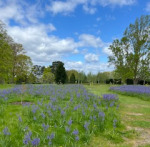
by admin
A group of allotmenteers enjoyed a trip to RHS Wisley on 24th April.
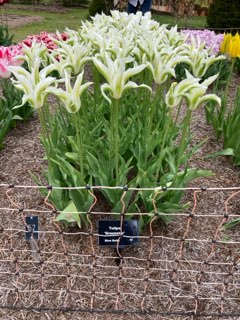
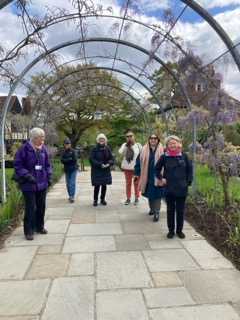
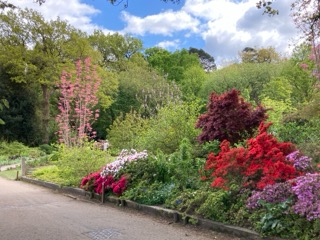
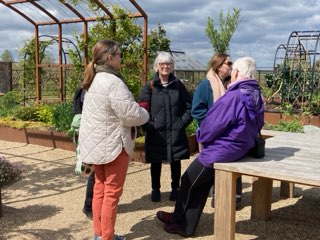
It was a tad chilly but thankfully dry and the cold weather ensured the rhododendrons and tulips were still looking magnificent.
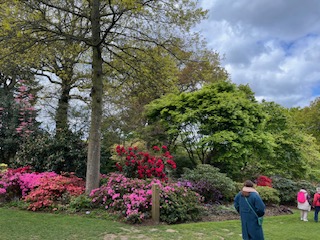
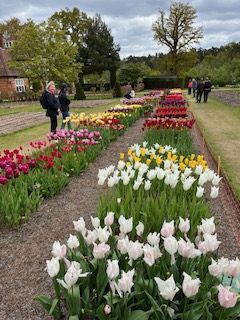
The trial beds of tulips were stunning as were the swathes of Camassias rolling down the hill from the World Food Garden. It was interesting to see that, as on our own plots, planting out here had been delayed by the cold wet spring. I’m sure that they, like us , are eagerly awaiting some warmer days and nights and the chance to get those veggies in the ground.
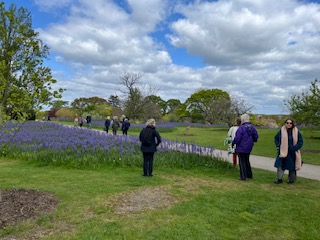
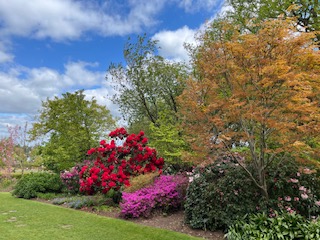
We elected to join a volunteer walk which proved very informative and took us to an area of garden none of us had explored before. We discovered a woodland walk with the most beautiful rhododendrons, a stumpery with ferns unfurling and around the corner a TRex lurking in amongst the tree ferns!
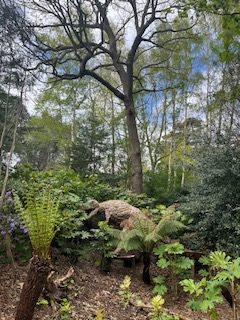
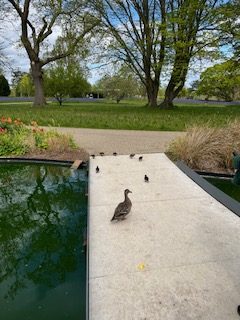
We rounded off the day with a visit to the plant shop … who could resist… arriving back in Roehampton with arms full of goodies. It was great fun … come and join us in 2025!
Many thanks to organiser Shan Karwatowska
Pictures by Shan Karwatowska and Jane Powell
by admin
A book by Michael Gilson
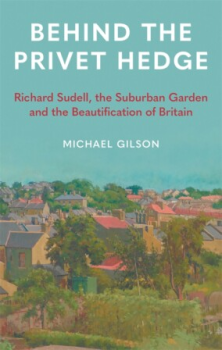
This book is about one of the main founders of the RGS, Richard Sudell.
Sudell was a pioneer of suburban gardening who has now had a book written about him and his considerable (and often overlooked) influence on one of the ways our nation revitalised itself after the terrors and destruction of the First World War.
As we showed in our Centenary Exhibition at Putney Library in June 2022, Richard Sudell not only lived on the Roehampton (now Dover House) Estate, but he also encouraged the tenants of the new houses to convert their scrappy garden patches (and the allotments) to create open spaces to grow fruit, vegetables and flowers.
“Behind the Privet Hedge” is published by Reaktion Books in May, priced £16.95. It is available to preorder: https://reaktionbooks.co.uk/work/behind-the-privet-hedge
There is also an interesting article in the April edition of “Garden Answers” about the book and our famous pioneering founder.
Jackie Savage.